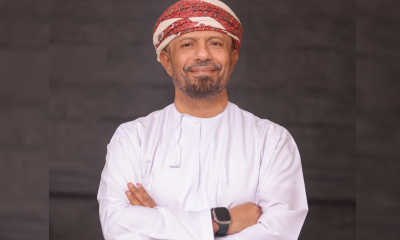Highlights
JPMorgan Fund That Sold Junk Debt Before Crash Is Diving In

(Bloomberg) — Three months ago, Arjun Vij couldn’t wait to sell all his junk bonds. Now he can’t get enough of them.
In a strategy U-turn, Vij, who helps oversee JPMorgan Asset Management’s $1.2 billion Global Bond Fund, is buying high-yield corporate debt and emerging-market dollar bonds on expectations that the world has already seen the worst of the coronavirus pandemic.
Policy makers are “willing to keep the economy running unless it gets extremely bad, so the threshold is quite high” for another global shutdown, said Hong Kong-based Vij, who sees a 10% chance of another worldwide lockdown happening.
Vij’s playbook reflects how investors have leaned into the view of a strong global economic rebound supported by record liquidity from central banks. While some have sounded the alarm over the exuberance in markets, risk assets from equities to emerging-markets have shown no signs of slowing from a three-month rally.
In a reflection of this optimism and support from the Federal Reserve, returns on U.S. junk bonds have risen about 11% since April, largely erasing the previous month’s losses. Vij, who slashed his fund’s high-yield allocation to zero in March, has lifted it to 4% as he sees less risk of a second infection wave triggering another cash squeeze.
While yields may not immediately return to pre-pandemic levels, “we don’t expect a sell-off in spreads to persist in the market for long because of the Fed’s intervention and protection,” he said, referring to the central bank’s program to buy corporate debt.
There’s an 80% probability for the U.S. economy to see double-digit growth in the second half, according to the JPMorgan fund, though unemployment will stay high into 2021. Europe and emerging markets, led by China, will also see a rebound.
Rare Opportunity
Vij has also ratcheted up the Global Bond Fund’s exposure to emerging market dollar bonds to near all-time highs.
“It’s a once in a few years opportunity, maybe once in 5 to 10 years,” said Vij. “The global financial crisis and the end of 2018 presented something similar in the high-yield and investment-grade markets and this time we’ve seen it as well in emerging-market dollar debt.”
Of the fund’s 4% allocation to high-yield debt, 2% is in U.S. and 1% each in additional tier 1 from developed nations’ banks and junk-rated paper from emerging markets. Vij’s fund also recently bought dollar-denominated sovereign notes from Mexico and Egypt, even though the former had its ratings downgraded earlier this year.
“You want to be long risk,” he said. “You want to be able to manage your risk with duration, and you want to be running a higher carry than your benchmark — this is a good time to get that on structurally and make a lot of long-term alpha.”
-

 Real Estate2 months ago
Real Estate2 months agoAl Mouj Muscat Unveils Azura Beach Residences Phase 2: A New Chapter in Waterfront Living
-

 Leaders Speak1 month ago
Leaders Speak1 month agoDhofar International Development and Investment Company: Driving Sustainable Growth and Strategic Synergies in Oman’s Investment Landscape
-

 Events1 month ago
Events1 month agoOER Corporate Excellence Awards 2025 Honours Entities and Innovations in Oman
-

 Economy1 month ago
Economy1 month agoMaal Card: What Oman’s New National Payment Card Means for Everyday Users
-

 OER Magazines2 months ago
OER Magazines2 months agoOER, October 25
-

 Arts and Culture2 months ago
Arts and Culture2 months agoOminvest and Bait Al Zubair Launch “Future Frames” to Empower Youth through Art and AI
-

 Entertainment2 months ago
Entertainment2 months agoWhere Heritage Meets Haute Couture: Al Sadaa Haute Couture Transforms the Sultanate’s Fashion Scene
-

 News2 months ago
News2 months agoMs. Noor Saldin, Founder of Modern Generation International School, Wins Woman of the Year 2025; School Honored for Empowering Future Female Leaders






























